 Women Powering India’s Electric Mobility Revolution
Women Powering India’s Electric Mobility Revolution Rail Chamber Launched to Strengthen India’s Global Railway Leadership
Rail Chamber Launched to Strengthen India’s Global Railway Leadership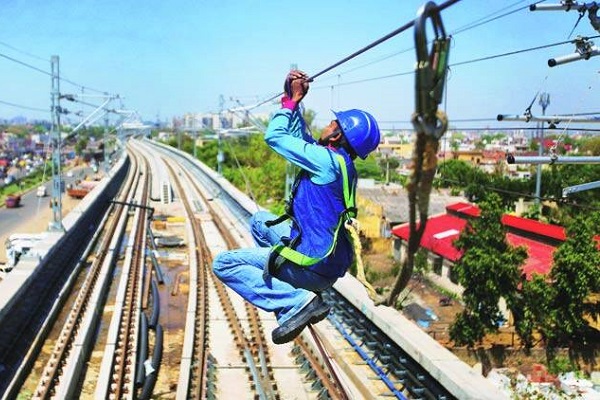 Wage and Hour Enforcement Under the Massachusetts Wage Act and Connecticut Labor Standards
Wage and Hour Enforcement Under the Massachusetts Wage Act and Connecticut Labor Standards MRT‑7: Manila’s Northern Metro Lifeline on the Horizon
MRT‑7: Manila’s Northern Metro Lifeline on the Horizon Delhi unveils ambitious Urban Mobility Vision: Luxury Metro Coaches, New Tunnels and Pod Taxi
Delhi unveils ambitious Urban Mobility Vision: Luxury Metro Coaches, New Tunnels and Pod Taxi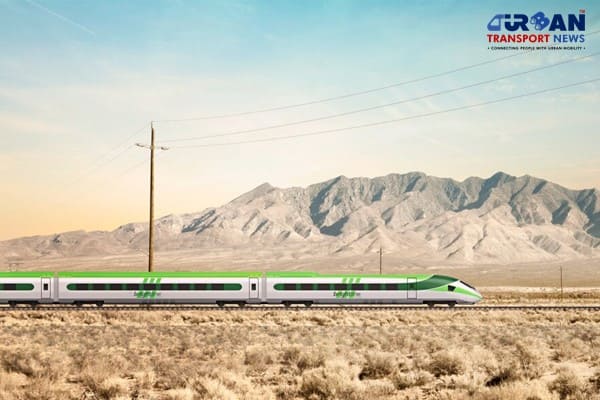 Qatar approves Saudi Rail Link Agreement, Accelerating Gulf Railway Vision 2030
Qatar approves Saudi Rail Link Agreement, Accelerating Gulf Railway Vision 2030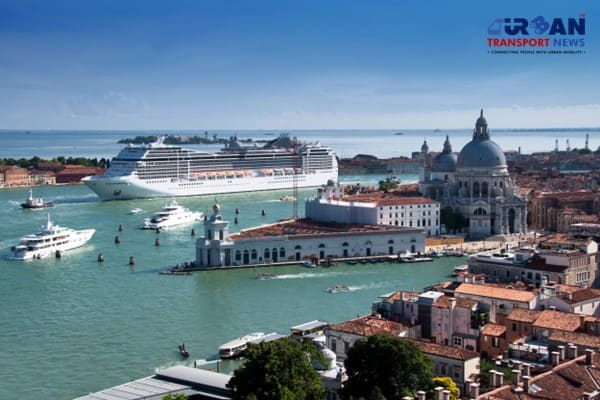 UP Govt plans to introduce Water Metro services in Ayodhya, Varanasi & Prayagraj
UP Govt plans to introduce Water Metro services in Ayodhya, Varanasi & Prayagraj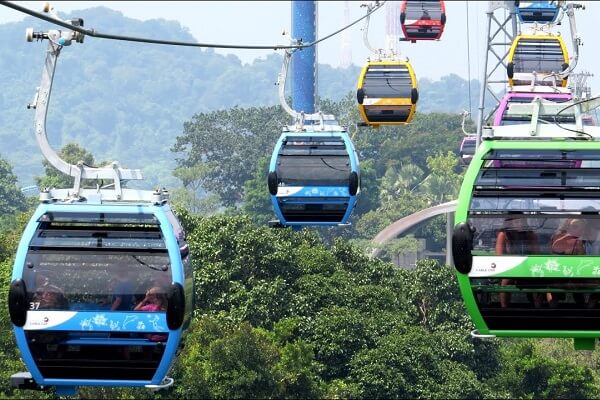 India’s First Urban Ropeway begins Trial Run in Varanasi, Set to carry 1 Lakh passengers daily
India’s First Urban Ropeway begins Trial Run in Varanasi, Set to carry 1 Lakh passengers daily India and Bhutan to Build First-Ever Rail Link: ₹4,033 Cr Project to Boost Regional Connectivity
India and Bhutan to Build First-Ever Rail Link: ₹4,033 Cr Project to Boost Regional Connectivity Patna to launch Eco-Friendly Water Metro; Trial Run soon between Digha and Kangan Ghats
Patna to launch Eco-Friendly Water Metro; Trial Run soon between Digha and Kangan Ghats
Govt of India approves eight National High-Speed Road Corridor projects worth ₹50,655 crore
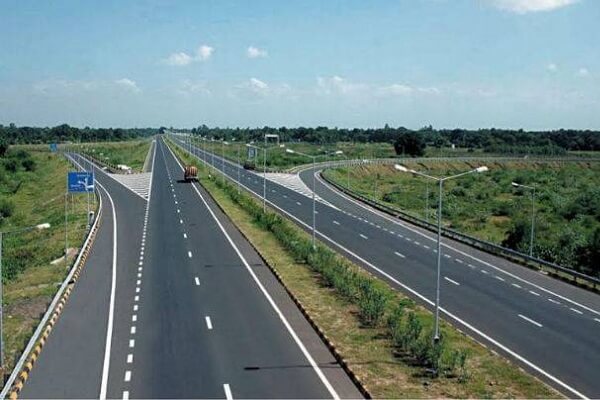
New Delhi, India (Urban Transport News): In a groundbreaking move to enhance national connectivity and boost economic growth, the Cabinet Committee on Economic Affairs, chaired by Prime Minister Narendra Modi, has approved the development of eight significant National High-Speed Road Corridor projects. Spanning a total length of 936 kilometers and with an estimated capital expenditure of Rs. 50,655 crore, these projects are set to revolutionize road transportation across India. This ambitious infrastructure initiative is anticipated to generate approximately 4.42 crore man-days of direct and indirect employment, marking a substantial leap forward in the country's economic and logistical landscape.
Key Projects and Their Impacts
-
Agra-Gwalior National High-Speed Corridor (88 km)
The 88-kilometer Agra-Gwalior corridor will be developed as a 6-lane access-controlled highway under the Build-Operate-Transfer (BOT) model, with a total capital cost of Rs. 4,613 crore. This project will enhance connectivity between Uttar Pradesh and Madhya Pradesh, significantly reducing travel time by 50% and distance by 7%. The improved highway will facilitate access to major tourist attractions, including the Taj Mahal and Gwalior Fort, thereby boosting tourism and economic activity in the region. By doubling the traffic capacity of the existing 4-lane highway, this corridor will effectively lower logistics costs and enhance regional connectivity.
-
Kharagpur-Moregram National High-Speed Corridor (231 km)
The Kharagpur-Moregram corridor, a 231-kilometer 4-lane access-controlled highway, will be developed using the Hybrid Annuity Model (HAM), with a total investment of Rs. 10,247 crore. This project aims to increase traffic capacity fivefold and drastically cut travel time for freight vehicles from 9-10 hours to 3-5 hours. The corridor will streamline connections between West Bengal, Odisha, Andhra Pradesh, and the North-Eastern states, reducing logistics costs and promoting economic development in these regions.
-
Tharad-Deesa-Mehsana-Ahmedabad National High-Speed Corridor (214 km)
Spanning 214 kilometers, this 6-lane highway will be constructed under the BOT model for Rs. 10,534 crore. The Tharad-Ahmedabad corridor will integrate with two key national corridors in Gujarat, enhancing connectivity between industrial regions and major ports in Maharashtra. This project is expected to reduce travel time by 60% and distance by 20%, thus improving logistics efficiency and fostering economic growth in Gujarat and neighboring regions.
-
Ayodhya Ring Road (68 km)
The 68-kilometer Ayodhya Ring Road will be developed as a 4-lane access-controlled highway using the HAM model, with a total cost of Rs. 3,935 crore. This ring road will alleviate congestion on national highways passing through Ayodhya and expedite travel for pilgrims visiting the Rama Mandir. It will also provide better connectivity to national and international tourists, enhancing the overall accessibility of Ayodhya.
-
Pathalgaon-Gumla Section of Raipur-Ranchi National High-Speed Corridor (137 km)
The 137-kilometer Pathalgaon-Gumla section of the Raipur-Ranchi corridor will be developed as a 4-lane access-controlled highway under the HAM model, at a capital cost of Rs. 4,473 crore. This segment will complete the Raipur-Ranchi Corridor, boosting connectivity between mining regions and industrial centers in Jharkhand and Chhattisgarh. The improved infrastructure will support regional economic activities and enhance transportation efficiency.
-
Kanpur Ring Road (47 km)
The 47-kilometer Kanpur Ring Road will be developed as a 6-lane access-controlled highway using the Engineering, Procurement, and Construction (EPC) mode, with a total investment of Rs. 3,298 crore. This ring road will facilitate the segregation of long-distance and city-bound traffic, improving logistics efficiency for freight movement between Uttar Pradesh, Delhi, Bihar, Jharkhand, and West Bengal.
-
Northern Guwahati Bypass and Improvement of Existing Bypass (121 km)
The 121-kilometer Guwahati Ring Road will be constructed in three phases, including the 4-lane Northern Guwahati Bypass, widening of the existing bypass, and enhancement of the existing infrastructure, with a total cost of Rs. 5,729 crore. This project will ease congestion around Guwahati, facilitate seamless connectivity to the North-East, and improve access to key cities and towns in the region.
-
Nashik Phata-Khed Elevated Corridor near Pune (30 km)
The 30-kilometer 8-lane elevated corridor from Nashik Phata to Khed will be developed on a BOT basis for Rs. 7,827 crore. This elevated highway will provide high-speed connectivity for industrial traffic and alleviate congestion around Pimpri-Chinchwad. It will upgrade existing roads to 4/6 lanes, enhancing transportation efficiency between Pune and Nashik.
The development of these high-speed road corridors underscores the Indian government's commitment to bolstering infrastructure as a catalyst for economic growth. Over the past decade, there has been a remarkable expansion in the length of National Highways, with significant increases in both the pace of project awards and construction. The transition from a project-based to a corridor-based approach ensures consistent standards and enhanced logistics efficiency, supporting India's goal of becoming a $30+ trillion economy by 2047.
By focusing on high-speed corridors, the government aims to address local congestion issues while promoting seamless connectivity across regions. This strategic investment in infrastructure not only enhances economic opportunities but also improves the quality of life for citizens through reduced travel times and increased accessibility.
The approval of these eight National High-Speed Road Corridor projects marks a transformative moment for India's transportation infrastructure. With substantial investments and ambitious goals, these projects are poised to drive economic growth, reduce congestion, and enhance connectivity across the country. As work progresses, the benefits of these high-speed corridors will become increasingly evident, paving the way for a more efficient and connected India.







